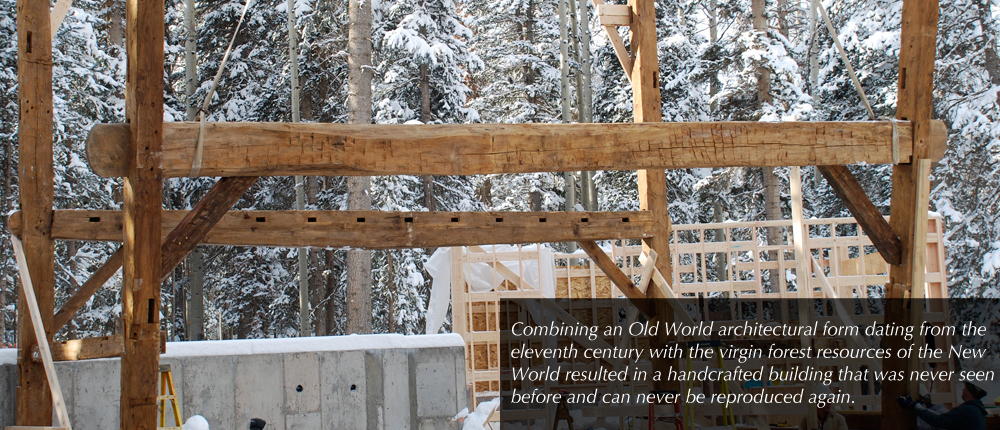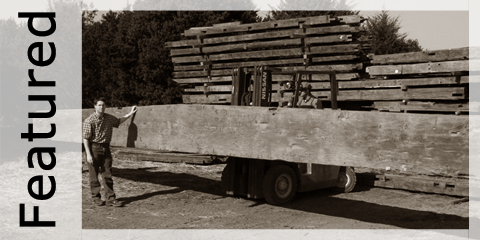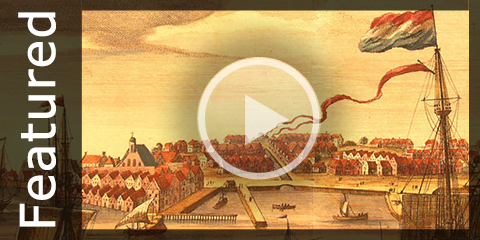The Legendary Dutch Barn
The Legendary Dutch Barn
— Part One: The New World Dutch Barn (1620 - 1820) —
Early settlers came to America from many different countries and brought with them from Europe not only their ways of living, but also their architecture, including their agricultural buildings like barns. Perhaps the
 most majestic of all the agricultural building types brought from Europe to America are the Dutch Barns found in the region of the Dutch colony of New Netherland, which included the northern part of New Jersey and the Hudson, Mohawk and Schoharie Valleys of New York.
most majestic of all the agricultural building types brought from Europe to America are the Dutch Barns found in the region of the Dutch colony of New Netherland, which included the northern part of New Jersey and the Hudson, Mohawk and Schoharie Valleys of New York.
The early settlers built these barns from their first arrival in New Netherland in the 1620’s until about 1820. Early travelers described this regionas the most fertile in America and described these Dutch Barns as the grandest and most elegant barns ever built in America. Architectural historian John Fitchen described the Dutch Barn form:

“New World Dutch barns are of noble proportions on the
exterior:
broad, capacious looking, spreading expansively
to either side of
the central wagon doors, above which
the roof rises in complicated
symmetry. These barns are
big, but not overwhelmingly so. The
simplicity of their shape

is frankly utilitarian, but not impersonally
or austerely so.
Doors, even the Dutch door for the wagon
entrances, are
for human use, too. And both these and the martin
holes
above them combine usefulness and concern for good
husbandry with an unselfconscious sense of good design.

Even
when they are viewed from a distance there is a
quality of integrity
about them: an integrity of purpose, of
materials and craftsmanship,
of complete adaptation to the
conditions of their being.”
Before this form of architecture came to the New World, the history of these barns dated back to the eleventh century in Holland. During the Middle Ages they were looked upon as such an elegant and majestic

building form that their floor plan was adopted by the designers of the great European basilicas and cathedrals and became known as the “basilica plan.” You may know that when you enter a church, basilica or cathedral, the large, open, central area is known as the “nave.” This term is derived from gazing up in the interior at the roof of a Dutch Barn. It looks like the planking and frames of an inverted wooden boat hull. The Latin word for ship is “navis” from which we derive the word “navy” and “nave.”
A true New World Dutch Barn contains all the features of a Dutch Barn including:
- The basilica floor plan with the nave and two side aisles
- The unique “through” tenons piercing the arcade posts
- One-piece wall and purlin plate beams cut from over forty-foot-long logs
- Roman numeraled “marriage marks” throughout the frame used by the original craftsman to assemble the barn

— If you are interested in learning more
about purchasing this one-of-a-kind architectural treasure that will not be available again,
please contact Kevin at (254) 744-4148. kevin@heritagebarns.com —



